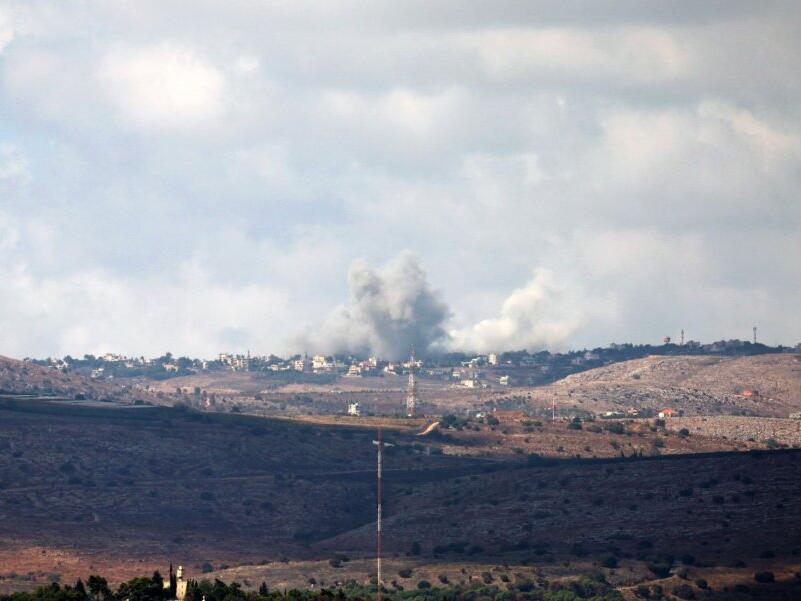Physical Address
304 North Cardinal St.
Dorchester Center, MA 02124
Physical Address
304 North Cardinal St.
Dorchester Center, MA 02124

Lebanese health officials reported that at least 492 people have been killed and over a thousand injured following intensified airstrikes by the Israeli military on Monday. The raids were described as efforts to prevent a potential attack on Northern Israel by Hezbollah, echoing the violent events of October 7.
The Public Health Emergency Operations Center, part of the Ministry of Public Health, indicated that the casualties included 35 children and 58 women, with injuries reported at 1,645. The scale of the strikes has been described by Lebanese media as “Israeli madness” and marked the most intense violence observed since Hezbollah’s involvement in the current conflict on October 8.
According to observers, the air assaults have been characterized as even more brutal than those seen during the 2006 war between Israel and Hezbollah. The Israel Defense Forces (IDF) reported that their operations were aimed at locating and destroying Hezbollah weaponry believed to be concealed within civilian homes. More than 1,300 targets across Lebanon were struck during this extensive military campaign.
Despite the high frequency of airstrikes hitting residential areas, the IDF noted ambiguity regarding the exact numbers of Hezbollah militants versus civilians among the casualties. Military officials defended the airstrikes as “precise, intelligence-based strikes against terrorist targets.” IDF spokesman Rear Adm. Daniel Hargari stated that every targeted house contained weapons, urging residents in southern Lebanon to evacuate for their safety.
In a statement, Hagari emphasized these operations were proactive measures designed to thwart Hezbollah’s plans to replicate the October 7 incursions carried out by Hamas, which resulted in significant Israeli casualties and sparked an extended war. He particularly referred to the death of a senior Hezbollah commander, Ibrahim Aqil, during previous airstrikes, attributing him a critical role in orchestrating the intended assaults on Northern Israel.
Hagari’s remarks suggested that the strikes aimed at targets posing an “imminent threat” to northern Israel. He asserted that Hezbollah was leveraging civilian populations as human shields and suggested that civilian casualties might be secondary outcomes of explosive weaponry detonating during Israeli strikes.
“Hezbollah has long integrated its arsenal with civilian infrastructure, turning southern Lebanon into a war zone,” Hagari explained while announcing plans to continue monitoring and targeting such military resources concealed behind the civilian population.
Israeli officials have been vocal about their intent to restore normalcy for the tens of thousands of displaced Israelis in the northern regions. Approximately 60,000 Israelis have already fled northern areas due to persistent artillery fire from Hezbollah. Prime Minister Benjamin Netanyahu directly communicated to the Lebanese populace that Israel’s conflict was with Hezbollah rather than them, urging evacuation away from danger zones.
Lebanese Prime Minister Najib Mikati condemned the Israeli actions as a “war of extermination,” signaling the rising tensions and fears of a broader conflict in the Middle East. The situation remains precarious as cross-border strikes have escalated, stressing the potential for further violence extending beyond Israel and Lebanon.
As regional anxieties mount, U.S. President Joe Biden acknowledged the administration’s efforts to prevent the outbreak of a larger war, affirming commitment to diplomatic measures to stabilize the situation amidst the relentless military engagements.
Source: UPI



